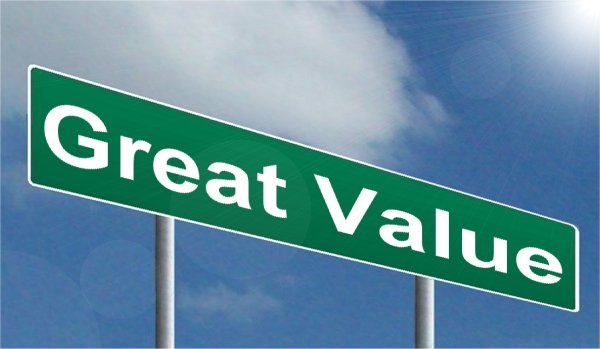What is the value in what you do?
As programmers, we tend to do what we do for two main reasons: to build something cool, or to draw a paycheck. Those paychecks tend to be pretty decently sized, because we create a lot of value for the companies we work for. But how is that value quantified?
To an employer, value is probably quantified financially: are we generating more income than the cost to keep us on? This is why (I’ve read – I don’t have personal experience here) developers at a company that makes and sells software get treated better than developers making software for internal use only at a non-software company; the first group are revenue producers, while the second are operating expenses.
The trouble is, it can be difficult to find a direct link between much of what we do and how much money is coming in. If I spend a week writing unit tests and refactoring code to reduce technical debt, I haven’t created anything new that we can sell, nor have I done anything that will let us increase the cost of our product. From a strictly code->dollars perspective, I haven’t done anything productive this week.
So if we’re not directly creating value for our company, are we creating value for our customers? By refactoring the code, I’m making it easier to add new features in the future, features that will help to better meet customers’ needs. When we create software that meets customers’ needs and wants, we are providing value. But how do we quantify this? If we have a good way to estimate the size of a new feature, then one way would be to measure how long it takes the implement the feature and how many bugs are produced; if these numbers decline over time, then either we’re getting better at developing (and thus our personal value to the company has increased) or we’ve improved our processes (or, in this case, the codebase we’re working with). So one measure of value would be the amount of (relatively) bug-free software (in terms of small, medium, large, or very large features) we can provide in a given increment of time.
Of course, not all features are created equally. In an ideal world, we would be able to have our customers put a dollar value on each thing we might spend time on (a new feature, a 10% reduction in bugs, etc), sort those items to find the ones with the highest value per increment of time, and do those first; in that way we could be sure of providing the maximum amount of value. In practice, customers naturally don’t care about things like that refactoring that don’t pay off immediately but make all the other stuff easier in the long run.
So how do you quantify value in software development? I don’t think you can put a value on any given hour’s activity; software development is too much of a creative process in which one thing affects too many others. In the long run, it comes down to a binary: are we able to give our customers what they want and need at a price they’re willing to pay? If so, we’re providing them the value they desire and earning those paychecks.ommons
